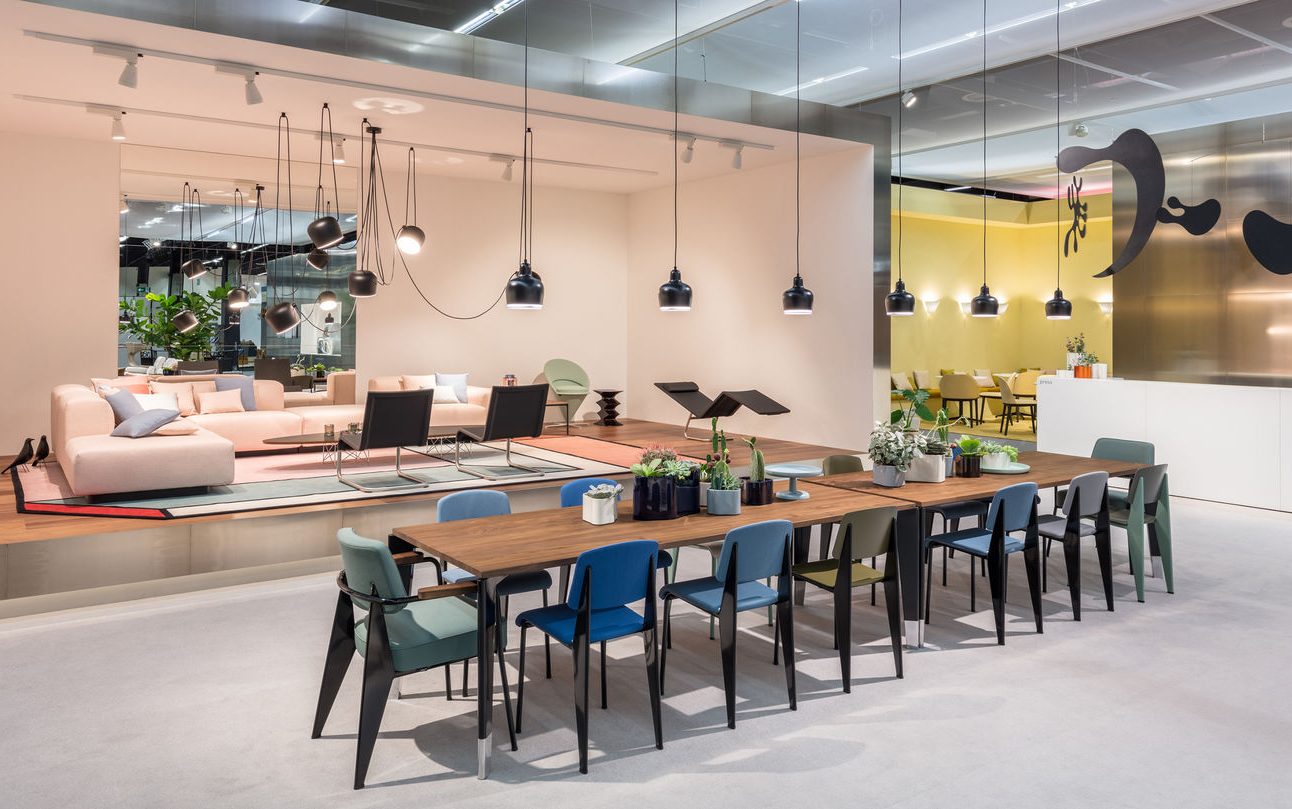Interior Design Industry: Personnel and Training
As one of the most creative industries, interior design is at the forefront of creating beautiful and functional spaces. It’s leading the way in bringing different fields together and recently combined traditional interior design with the sciences. It’s no longer acceptable for the industry to focus on hiring the most design-focused candidates. Rather, they should have a well-rounded appreciation for all things design and a sound understanding of their impact on wellness, ecology and society as a whole.

Interior design is all about creating beautiful and functional spaces for those who exist within it. Professional interior designers will know precisely how to use the tools at their disposal to evoke particular emotions and increase the quality of life.
The personnel that makes up the industry is by no means limited to the interior designer. If you’re looking to place yourself in the most creative industry out there, your choices for roles and positions are extensive.
Becoming an interior designer is the most obvious route for those interested in the industry. This will place most professionals at the forefront of project management; from design briefs to executing the plan. Within this particular field, interior designers have a choice to specialise in one of the following practice areas.
- Commercial interior design
- Residential interior design
- Hospitality interior design
- Public interior design
Further, designers who decide to dedicate their efforts to a single practice area can specialise even more. Some designers in the industry focus solely on lighting design, kitchen design or children design, for example.
In their operations, interior designers take into account building codes, health and safety, floor planning, electrical requirements and more. Each element requires specialist knowledge and training.
Interior Design Education and Training
A Common entryway into the industry is by undertaking a degree in Interior design or architecture, or often both. Most educational institutions will offer a degree in these fields and most advocate for the importance of work experience whilst studying.
A degree is a good way to dip your toes into all the different elements of interior design. From architecture and town planning to furniture design and choices of colour. You’ll often have the chance to select prefered modules towards the end of the course. Meaning you can sharpen your skills in your chosen area, ready to enter into the professional industry with a strong background.
As with most creative jobs, you don’t actually have to study interior design or architecture to get into the industry. Graphic design, estate management, product designing, stylist and textile designing are all other demanded fields that would enable you to fit right into the industry.
Other routes of entry include self-starting. Unlike architecture, there are no governing bodies watching over who joins the interior design industry. As such, there are few reasons not to turn your hobby into a profession. In fact, a large portion of self-starter designers now makes up the industry’s personnel.
Most companies that focus on creating spaces for people to live, work and place are essentially potential interior design employers. Don’t limit your options to interior design firms alone. Interior designers are integral parts of architectural and construction companies. They’re also found in exhibition centres and events companies and there are some exciting opportunities for interior designers in theatre, TV and film companies.

I am Scott Miller and my love is writing about home improvement. I write mostly about home ideas, but also share some tips and tricks that can make your life easier when it comes to getting things done in the house.












